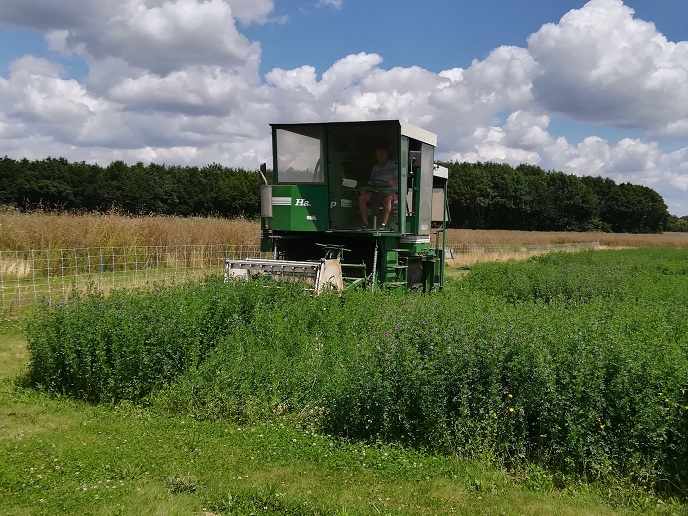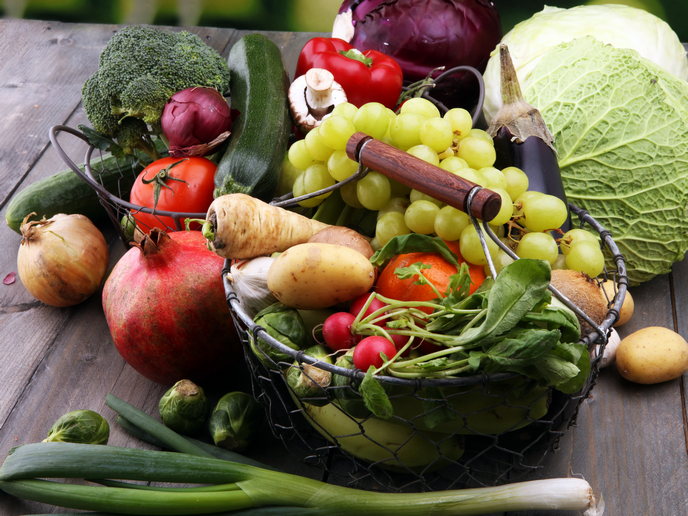Giving momentum to legume breeding
Legumes are an important part of feed and food production and have a positive effect on the environment(opens in new window). Rich in protein, contributing to the entry of nitrogen in cropping systems, thus potentially reducing the need to use synthetic nitrogen fertilisers, they also offer a nutritious plant-based alternative to meat – a market that is growing, with many seeking new ways to harness the potential of plant-based protein production(opens in new window). As such, there are many reasons to grow more legumes. In Europe and China, however, areas with appropriate agroecological conditions(opens in new window) for growing plant proteins, there is a deficiency, with both continents heavily dependent on protein imports and great use of synthetic nitrogen fertilisers. Helping to reduce this dependency is the EU-funded EUCLEG(opens in new window) (Breeding forage and grain legumes to increase EU’s and China’s protein self-sufficiency) project. “We worked on legume crops, with the final aim being to improve varieties,” notes Bernadette Julier, project coordinator and research director at INRAE – France’s National Research Institute for Agriculture, Food and Environment. This involved genotyping, phenotyping and statistical work.
Improving genetic progress
EUCLEG focused on the five most cultivated legume species in Europe: two forages, alfalfa and red clover, and three grain legumes, pea, faba bean and soybean. “Our objectives were to help breeders create more adapted, performant varieties. These legume varieties will be grown in geographic areas where legume crops are already cultivated and provide higher yield, quality and stability than current varieties or will help to expand the area of cultivation in regions where not many legumes are grown,” explains Julier. A higher yield and a higher cultivation area will contribute to producing more domestic proteins; new varieties will be more easily introduced into crop rotations for diversification. The project’s work has led to the release and/or adoption of genome wide genotyping tools for the five major legume species. “We have also achieved a new vision of genetic diversity available for breeding in each species. The huge number of markers obtained on a large set of accessions has clearly renewed the knowledge on alfalfa and soybean. New sources of phenotypic variation have also been identified,” adds Julier. With genome-wide genotyping, it was possible for the project to identify molecular markers associated with trait variation. These markers could be used in breeding programmes to speed genetic progress. “Additionally, prediction ability for major traits has been calculated, and the results suggest that genomic selection should also speed genetic progress of legume breeding, as in other major plant and animal species,” says Julier.
Increasing ambition
Several public and private legume breeders contributed to the collection and analysis of data. “This partnership is favourable to the transfer of knowledge from research to industry,” remarks Julier. Training sessions for breeders were also organised during the project. “They have seen the expected potentialities of molecular breeding in legumes. In the long term, I expect that legume breeding will make use of molecular tools to speed up genetic progress and to release varieties adapted to different constraints and uses,” she adds. As for the next steps, the project aims to demonstrate the progress that can be gained from molecular breeding in comparison to phenotypic breeding. “In parallel, it is crucial to decrease the genotyping costs by adapting the methods and the number of markers that are required in a breeding programme. Finally, the breeding schemes must be adapted to introduce molecular breeding into the variety creation process while updating prediction equations and markers to the genetic diversity under study,” concludes Julier.







